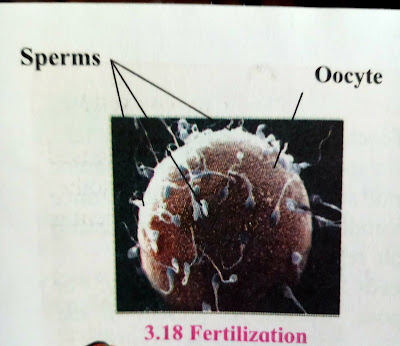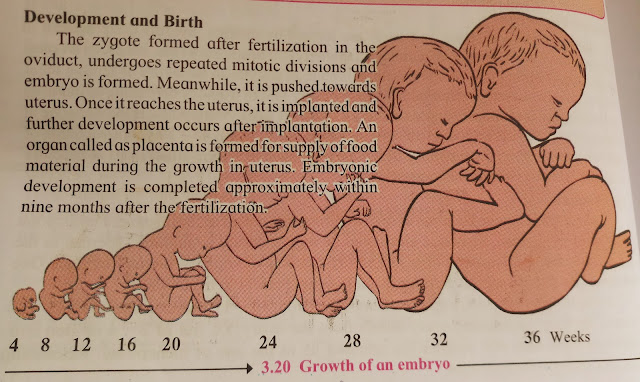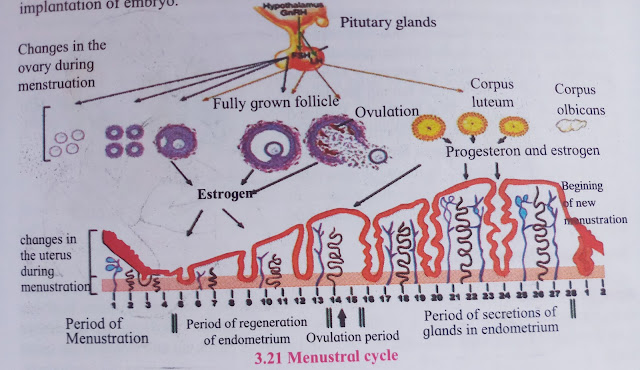Chapter - 3.0
Part - 2
Life Process in Living Organisms Part – 2
Sexual Reproduction:-
Sexual reproduction always occurs with the help of two germ cells.
1 Female Gamete
2 Male Gamete are those two germ cells.
1 Gamete formation:- Gametes are formed by the meiosis. In meiosis, chromosome number is reduced to half Hence haploid gametes are formed.
2 Fertilization:- A diploid zygote is formed in this process by union of haploid male and female gamete.
- Embryo develops to from new individual
- Male parent and female parent are involved in this type
- Diversity in living organisms occurs due to genetic variation.
- Genetic variation help the organisms to adjust in changing environment
A – Sexual Reproduction in plants:-
- Four floral whorls as calyx, corolla, androecium and gynoecium.
- They perform the function of reproduction.
- Androceium present – Male flower.
- Gynoecium present – Female flower. (eg. Papaya )
- Flowers having stalk – Sessile
- Androecium male whorl – stamens.
- Gynoecium female whorl – carpel
- Pollen grains transferred to the stigma (Pollination)
- Pollen tube carries male gametes
- Pollen tube reaches Embryo sac via style.
- Male gametes units with egg cell to from zygote.
- Two nuclei participate in this process is called double fertilization.
B – Sexual reproduction in Human being:-
- Men have XY Sex Chromosomes.
- Women have XX chromosomes.
- Reproductive system with specific organ develops in the body of men and women due to sex chromosomes
2) – Human female reproductive system.
Gamete formation:-
- Sperm and ovum are formed by meiosis.
- Sperm are produced in testes of men from maturation till death
- While in female and oocytes mature every month from maturity up to the age of menopause – 45 years of age
Fertilization:-
- Formation of zygote by union of sperm and ovum is called as fertilization.
- Journey by the route of vagina – uterus – oviduct.
Development and Birth:-
Menstrual Cycle:-
- Female reproductive system undergo changes at puberty at the interval of every 28 – 30 days.
- These repetitive changes are called as menstrual cycle.
- It is a natural process controlled by four hormones.
Four Hormones –
- Follicle Stimulating hormone (FSH)
- Luteinizing hormone (LH)
- Estrogen
- Progesterone
Reproduction and Modern Technology:-
- In Vitro Fertilization (IVF)
- Surrogacy
- Sperm Bank /Semen Bank
- Two embryos develop simultaneously in the same uterus.
- Thus two off springs are delivered simultaneously
- There are two types of twins
- Monozygotic twins and dizygotic twins.













No comments:
Post a Comment